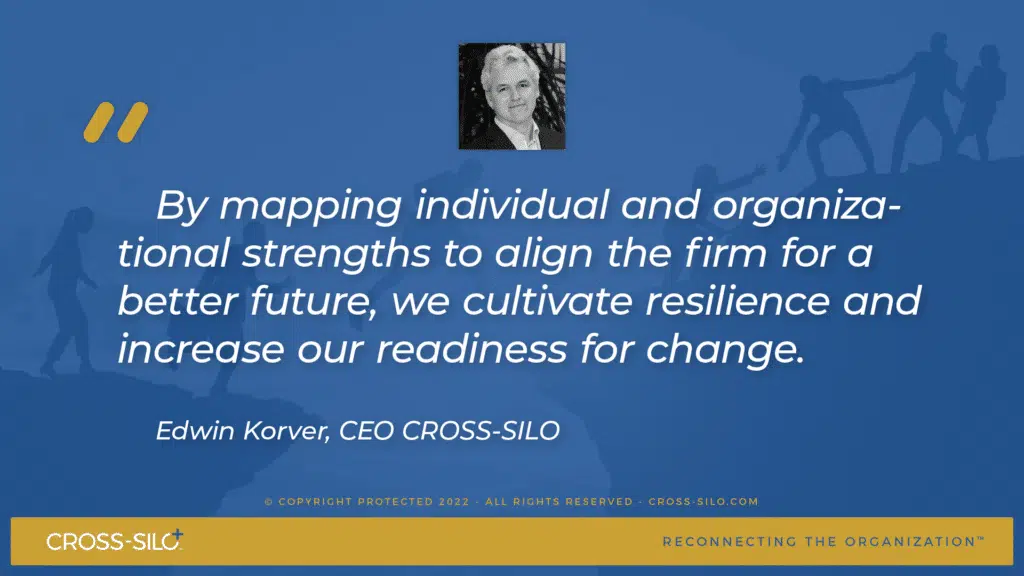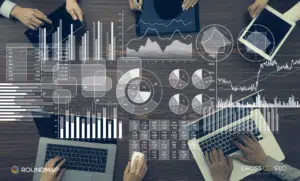As you may have read on our website ROUNDMAP.com, we’ve been quite outspoken on the subject of business cycles ─ in particular, the technology-driven Kondratieff Longwave Cycle or K-wave. Arguably, the 5th K-wave is expected to bottom out around 2024. This means that a lot of business models, products, and services that benefited from inventions in the sixties and seventies, are maturing almost simultaneously. While the downturn of the 5th K-wave started around 2000, it took two decades for most of the revenue streams to evaporate.
However, there are two more business cycles to consider.
One is the Long Term Debt Cycle. Ray Dalio, the former CEO of Bridgewater, one of the most significant investment funds globally, is convinced that we are “at the end of a long-term debt cycle.” What is essential to know is that at the end of the Long Term Debt Cycle (a cycle of about 75-100 years), deleveraging needs to take place on a global scale. We experienced a similar situation in 1929, and it took the economy ten years to recover. Chances are, that most of us will experience a similar scenario in the coming decade.
Another business cycle to consider is what Dalio refers to as the Big Cycle. It is the cycle of empires. Dalio investigated the dynamics of the Dutch Empire (Guilder), the English Empire (Pound), and the American Empire (Dollar, 1944). One of the strongholds of the ruling empire is its control over the leading reserve currency. However, when the reserve currency is under attack, the kingdom is under attack. While cryptocurrencies undermine the USD, more and more nations are moving away from the USD, thereby threatening the current world order.
These three waves are most likely to reinforce each other, causing what we believe will lead to a Great Deluge.
Usually, it takes about a year for the labor market to recover after a recession. However, in 2008 it already took more than five years to recover. And we believe that, like in 1929, the next significant downturn could last for as much as ten years. Another Lost Decade could already be in the making.
What does this mean for your business? If the circumstances change, we need to change. Paul Polman, former CEO of Unilever wrote: “If we tend to go with what we know, or fall into groupthink and inertia, then we should expose organizations and their leaders to different perspectives.”
Geoffrey Moore posted a blog on Linkedin this morning on ‘Managing in an Era of Inflation‘, suggesting a couple of playbooks to lead the company during times of declining growth:
- Evaluate revenue streams. The time to assess the integrity of your revenue streams is now before inflation actually occurs. If your products are discretionary or if it is unlikely that you will be able to compete on price during a time of inflation, your business model may be in serious jeopardy. Reconfigure your revenue forecast to accommodate inflationary pressures and make necessary adjustments in advance of rising prices.
- Reduce costs. Even if the market allows you to raise your prices during inflation, you will still need to reduce your costs. In a best-case scenario, cost reductions will increase your profit margins during inflation; in a worst-case scenario, lower costs will minimize your losses or even save your business from bankruptcy. Secure long-term contracts with suppliers and prepare for the possibility of workforce reductions should the economy enter a period of prolonged inflation.
- Borrow now. The time to borrow for capital and operating costs is now before interest rates start to rise. Begin by securing an operating line of credit at today’s rates to buffer the impact of cyclical lending needs later. Also, consider borrowing now for capital that will result in a reduced cost structure and/or more secure revenue streams.
- Reprioritize customer loyalty initiatives. During a time of extreme inflation, customer loyalty could be your saving grace. As prices increase, your existing customer base will be tempted to jump ship for lower-priced alternatives. Secure your customers now by creating value-added incentives that encourage them to remain with your brand, even when prices increase.
To be continued.



























